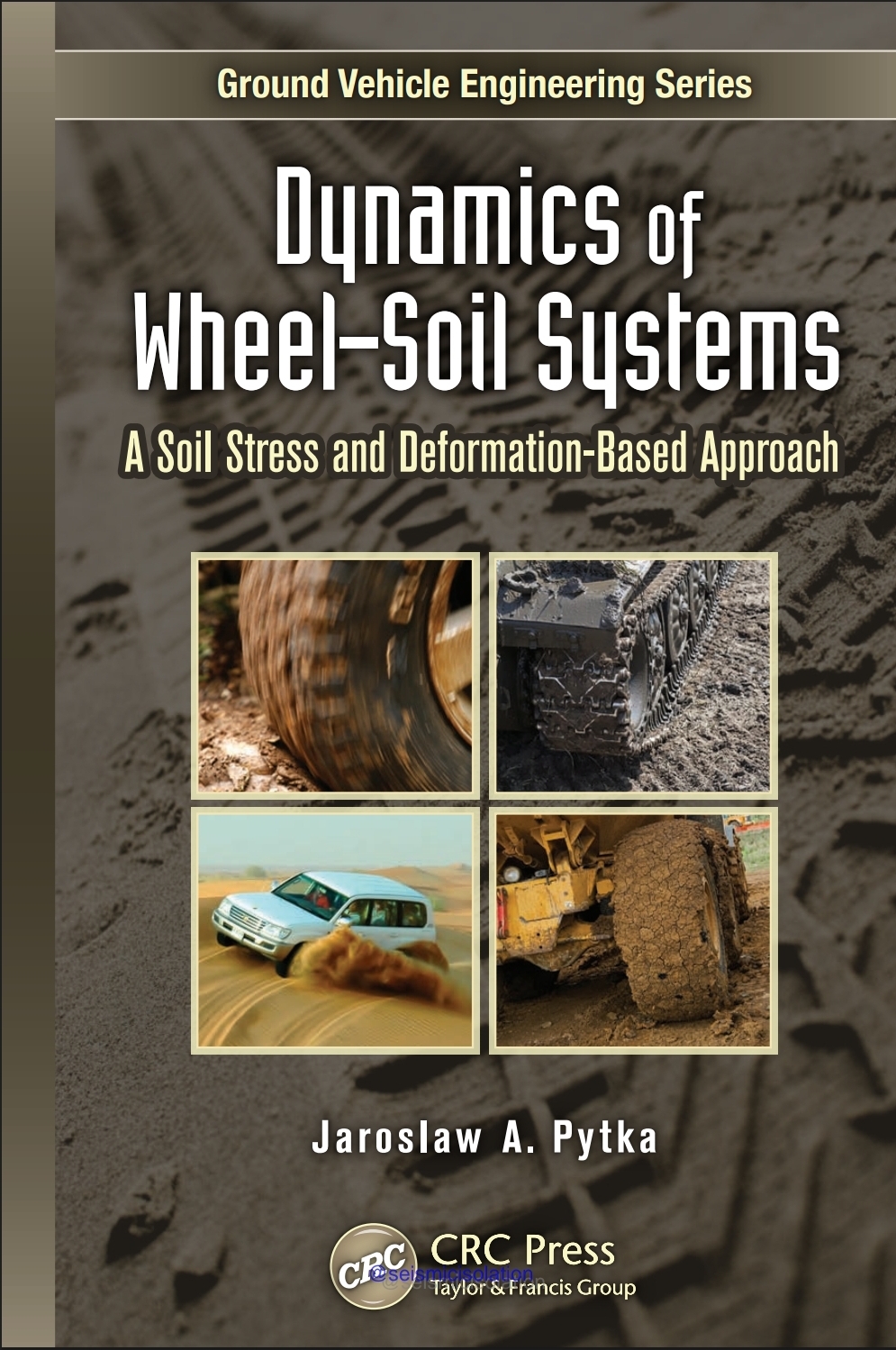Dynamics of Wheel–Soil Systems
A Soil Stress and Deformation-Based Approach
Ground vehicle engineering took shape as an engineering discipline in the 20th century and formed the foundation for significant advancements and achievements—from personal transportation and agriculture machinery to lunar and planetary exploration. As we move through the 21st century and face global economic challenges, we must develop fundamentally novel vehicle engineering technologies and effectively train future generations of engineers.
The Ground Vehicle Engineering Series will unite high-caliber professionals from the industry and academia to produce top-quality professional reference books and graduate-level texts on the engineering of various types of vehicles, including conventional and autonomous mobile machines, terrain and highway vehicles, and ground vehicles utilizing novel concepts of motion.
The series concentrates on conceptually new methodologies of vehicle dynamics and operation performance analysis and control, advanced vehicle and system design, experimental research and testing, and manufacturing technologies. Applications include heavy duty, multi-link, and pick-up trucks; farm tractors and other agriculture machinery; earth-moving machines; passenger cars; human-assist robotic vehicles; planetary rovers; and conventional and unmanned wheeled and track vehicles and reconnaissance vehicles for military uses.
This book was written as a reference for anyone involved in terramechanics who is studying wheel–soil mechanics, specifically soil responses quantified as soil stresses and deformations. I collected, analysed, and present results from my 15 years of experience in field experimentation on wheel–soil dynamics to create a single-source reference. Readers—auto-motive and agricultural engineers, instrumentation design engineers,researchers, and graduate students—will find descriptions of methods and devices for soil stress and deformation measurements along with numerical data from field experiments.
The methods and procedures can provide practical solutions to numerous methodological problems that may arise during the design and preparation of field experiments. I have omitted or minimised the oretical considerations as they are well addressed in the cited literature.
Instead, wheel–soil dynamics are based on experimental data obtained from full-scale field settings. I tried to keep the text simple and concise throughout and assumed that potential readers have background knowledge of automotive and agricultural engineering, elementary soil mechanics, electronics, and metrology.
I express gratitude to several people, whose help was substantial:
Professor Reiner Horn, under whose supervision I developed a passion for soil stress and deformation measurements; Professors Krystyna Konstankiewicz and Adam Pukos, who nurtured that passion during my doctoral studies at the Institute of Agrophysics in Lublin; Col. Dr. Jarosław Dąbrowski, a great partner and friend through many years of research and field work that produced many unforgettable moments and optimistic conclusions; and Professor Piotr Tarkowski for his spiritual care, continued tolerance, and encouragement. Also, many thanks to Susan Hardy, who agreed to read the entire manuscript. Her helpful comments, corrections, and editing improved the quality of the text.
DOWNLOAD :- HERE
